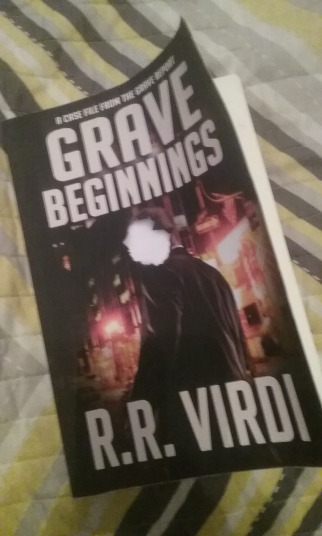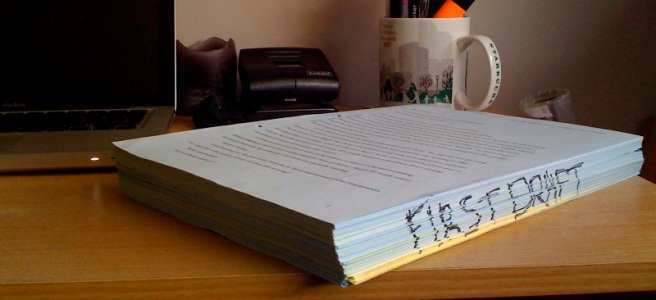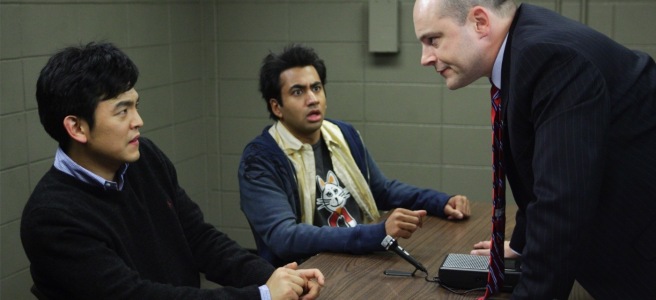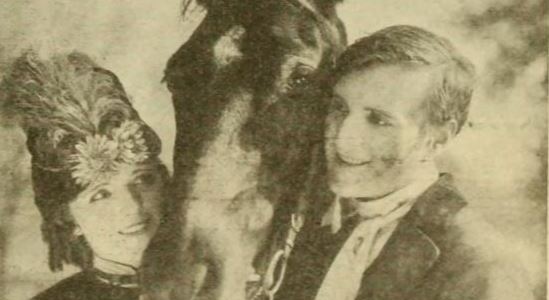I enjoy reading challenges. I collect all of the ones I can and do my best to at least take inspiration from them when choosing my reading material throughout the year. There are even themed challenges, pushing readers to expand their horizons in certain genres or by reading from diverse authors, or perhaps by making themselves read something written that challenges political or social ideals and norms.
What is reading for, after all, than expanding our horizons?
With that in mind, I made my own reading challenge this year. I haven’t picked a number I want to read, but I’m hoping to improve on 2016 (21 published novels and a load of editing work and fanfiction). If you’d like to follow along, I’ll be posting reviews as I go and I have made a list with some recommendations.
A book chosen just for the cover. Stop by your local bookstore and just browse the shelves. Which covers catch your eye because they’re colorful or unique? Without reading the blurbs or reviews, take it home. If you don’t have a local bookstore, I recommend these great reads with bright, fun covers:
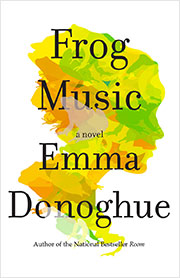
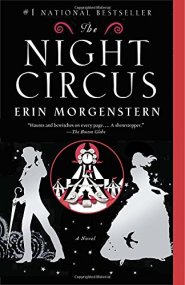
A book longer than 500 pages. Now, length doesn’t necessarily mean quality, of course, but challenge yourself to stick with a story you can’t finish in a typical weekend. I recommend Kate Atkinson’s Life After Life or, if you’re up for a real challenge, Stephen King’s 11/22/63 (I reviewed it a while ago — the mass market paperback clocks in at over 1,000 pages).
A collection of short stories. In contrast, find some bite-size stories perfect for a lunch break or morning commute (if you take public transportation, of course). Some of my favorite short story authors are Ernest Hemingway, Edgar Allen Poe, and Flannery O’Connor, but I’ll also be browsing the anthologies at my local library to find some new material.
A collection of poetry. Not everyone feels a kinship with poetry. It can be a bit of an acquired taste…but if you want to dip your toes in, try Tupac Shakur’s The Rose That Grew From Concrete.
A classic everyone loves. Hey, they’re classics for a reason, right? I recommend anything by Jane Austen (I’m looking at you, men), The Lord of the Rings, Elie Wiesel’s Night, or Bram Stoker’s Dracula.
A comic book or graphic novel. Good stories are good stories, even if they include pictures. A fantastic introduction to this genre is Batman’s The Killing Joke, a classic that gives us great action, incredible graphics, and a peek into the backstory of the franchise’s most well-known and popular villain. For new stuff, I’m going to be reading Watchmen and probably The Long Halloween.
A self-published novel. Indie authors need love, too. I recommend R.R. Virdi’s The Grave Report Series, but you can find tons of reviews for self-published and small house books at A Drop of Ink Reviews. Don’t forget to write your own review and share it on Amazon, Goodreads, and/or your own blog or other social media. Word of mouth is still the best way to find new readers and new books.
A book that challenges your political or religious/spiritual beliefs. Now, the point of this is not necessarily to change your beliefs, but to understand the other half. If your views change, then hey, whatever. If you stick to your guns, then you at least can be a little bit more informed the next time you get into a Facebook argument with a stranger 😉 If you are agnostic or atheist and looking for something Christian to try out, I highly recommend Ken Ham’s New Answers series for a rundown on science and creationism. I haven’t decided what I’ll be reading for this part of my challenge, but I welcome recommendations on your favorites.
A memoir or autobiography. If you aren’t sure where to start, ask your librarian or research “creative nonfiction”. David Sedaris has written some wonderfully hilarious and enlightening essay collections (one of my personal favorites is “You Can’t Kill The Rooster”). If you’re into film/cinema, have ever seen the hilariously awful B-movie The Room, or just need a good laugh, read Greg Sestero’s The Disaster Artist: My Life Inside The Room, the Greatest Bad Movie Ever Made. I currently have a copy of Lynn Wilder’s Unveiling Grace waiting for me on my bookshelf to fulfill this challenge.
A book published more than 100 years ago. Learn a little bit about history from the people who lived it! Kate Chopin’s The Awakening, published in 1899, is an eye-opening portrait of the Victorian woman and the birth of what historians call the New Woman movement, a precursor to later feminist/suffragist movements. It’s also just a really well-written story with great characters and lots of interesting detail.
A book published more than 200 years ago. Keep on going back! While the novel didn’t come much into vogue until the early to mid-1800s, the Age of Reason still produced a plethora of great essays and poems. Jonathan Swift’s “A Modest Proposal” and Alexander Pope’s “The Rape of the Lock” are two of my long-standing favorites from the 1700s. Shakespeare is always a great choice, too 😉
A historical novel set in a time period or place you don’t know much about. Naturally, there are certain historical events and time periods most people are pretty familiar with — World War II, the French Revolution, the European medieval period, etc, etc. But what about those lesser-known people, places, and events? Browse the historical fiction lists on Goodreads for some great suggestions.
A book from a genre you rarely peruse. Broaden your literary horizons! While there’s nothing wrong with having a favorite type of book, branching out can lead to some great discoveries. I’m going to try reading more horror and science fiction for this challenge.
A nonfiction book about a subject you aren’t familiar with. One of the best direct benefits from reading is learning. While you don’t need nonfiction to learn, that unexplored aisle at your library or local bookstore probably has some real gems. You might even discover a new hobby or want to read more about the person/place/event from your perusal of the historical fiction shelf.

